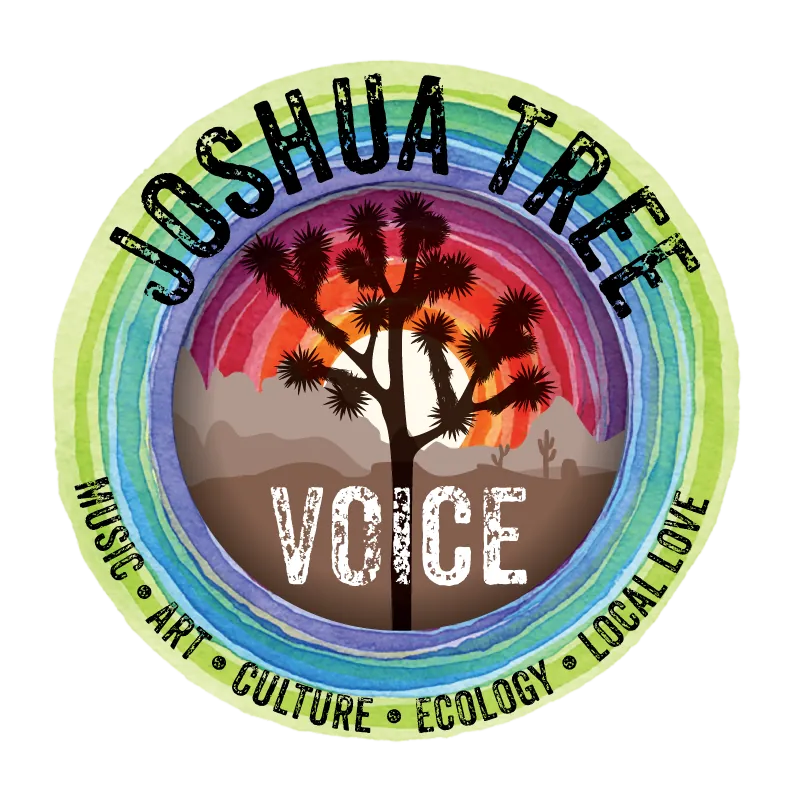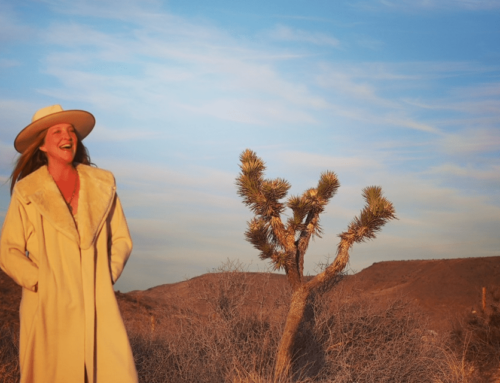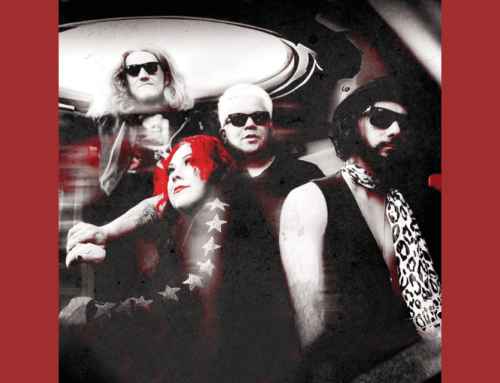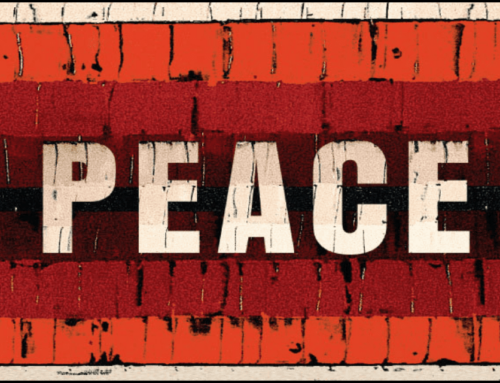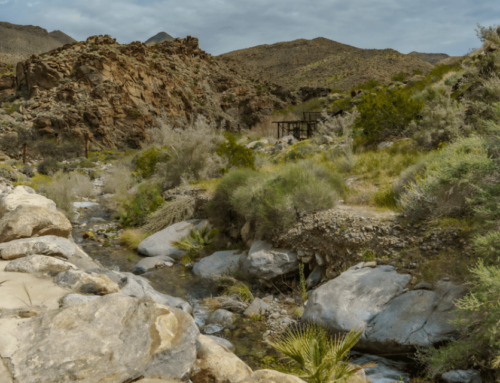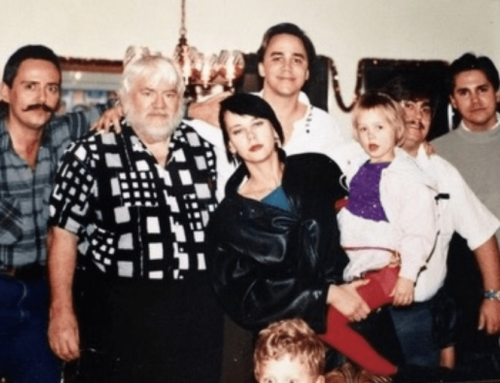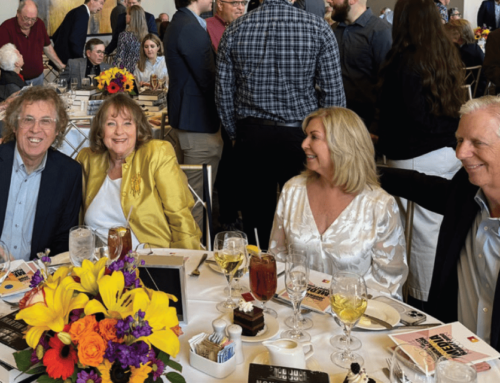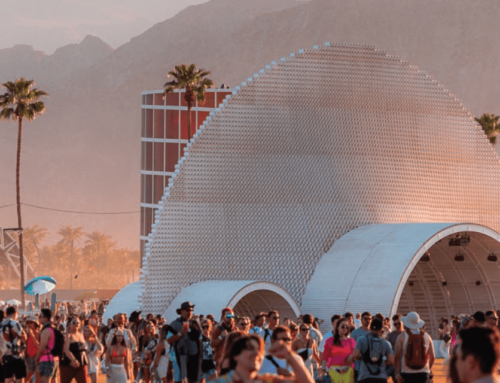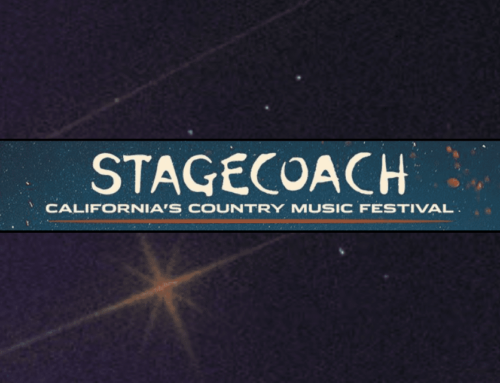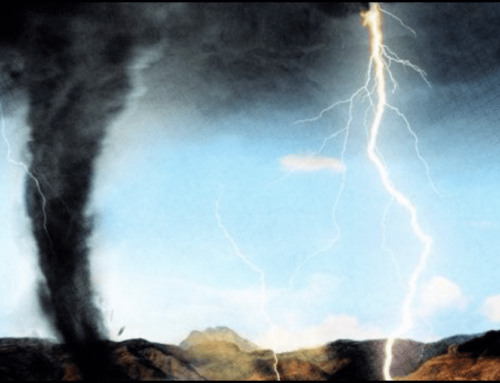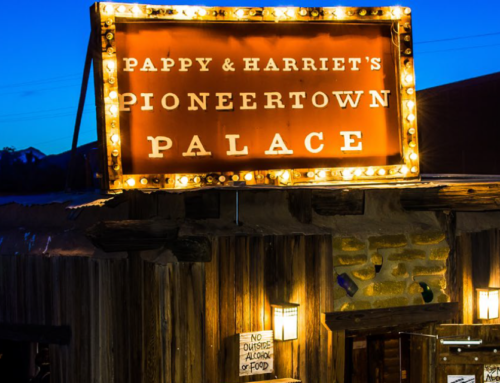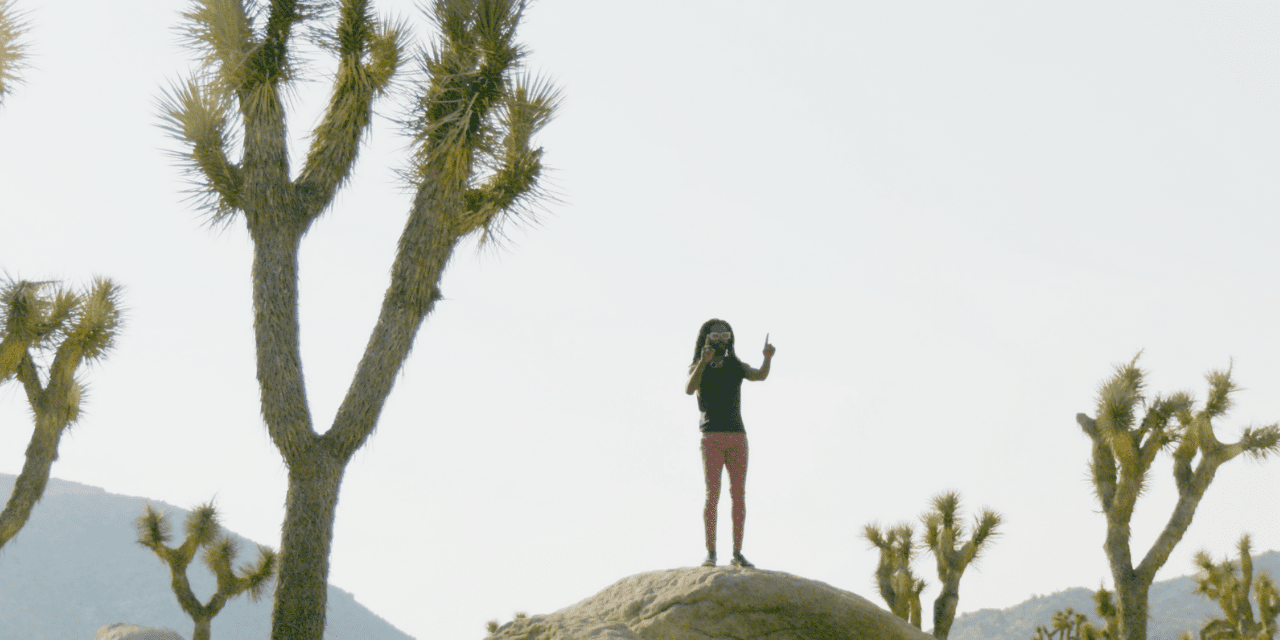
SoundCheckEarth, A Strolling Concert Inside Joshua Tree National Park
By Eva Soltes
Photo Credit: Eva Soltes & Debbie Strong

When I was younger, I wanted to either be a scientist or composer and with this project, I figured out a way to do both.



BSince 2020, Kennedy Verrett has been a composing fellow at Harrison House Music, Arts & Ecology. The planets aligned and we have undertaken a collaboration with Joshua Tree National Park to realize a large-scale work that he is composing.
Here are excerpts from interviews about his work:
“This means absolutely the world to me. When I was younger, I wanted to either be a scientist or composer and with this project, I figured out a way to do both. So that’s kind of a dream come true. To be welcomed into the park and to be working with Harrison House. I can’t even really express in words what that means.”
“Part of my process is to sit in nature and observe what’s going on… just be present and witness the music that’s around. The human sounds from the planes, cars, and people… to the biophonic sounds like the bee buzzing around… The rhythm of those wings… It’s very different than a fly. Right? So, watching those wings, and then observing the shape of the rocks, you begin to see how mother nature did it. While it all seems so random, it definitely has a specific form. So, we can apply the form and structure to music.”
In 2021, Kennedy was given a residency inside of Joshua Tree National Park to research locations for a large sonic event. What came about was SoundCheckEarth:

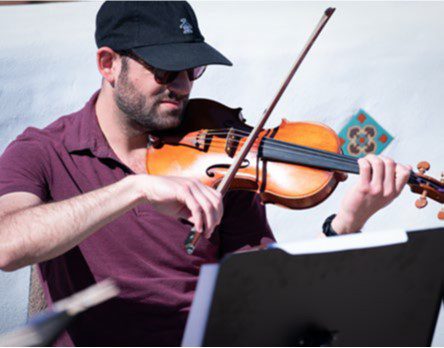
“SoundCheckEarth involves 17 musicians,” explains Verrett. “It’s a soundscape composition specifically written for Cap Rock. As people walk through, they’ll hear the different sections of the different instruments happening. It’s a reflective, active listening exercise which I’ve written specifically for this place, based on seismic activity, frequencies from birds and the rocks, all of it.”
“When I was first assembling this, I thought, ‘What kind of journey are the people going to go on? How do I want them to experience this piece? What are the things that I would like for them to gather from this?’ I’ve found that if you can learn to come from a place of gratitude really, truly on anything that goes down in life, or anything that you approach, it’s a much better outcome than, you know… just dwelling on the things that may set you off, or that we perceive as negative.”
Verrett has composed and produced five movements for this journey:
Gratitude, Movement One:
“The music is central. I think of the trumpet, it reminds me of whenever I was in Scouts and somebody would play taps on the trumpet. There’s a certain expanse that trumpets or horns have that immediately creates, at least to me, this confidence, this boldness, but also this very open, expansive sort of feel. I think that’s when I feel grateful. I feel really big, and open, not like in an egotistical sort of way, but just filled up with all the things. When you look out at that valley at Cap Rock, there’s all these giant amazing ancient rock formations and this vast valley, with incredibly diverse flora and fauna. You can’t help but feel the underground aquifers deep, deep underneath, and that energy just permeates. And so, it makes you feel bigger than yourself, but also at the same time, humble.”
“The trumpets are meant to echo around the rocks, but I’ve left open intervals and space for things to float in and out of there. There’s still room for noise, room for the ravens and all the other migratory birds that might be flying through, like the native quail, the coyotes, anything that feels the need to join in that chorus. Yeah. So that’s gratitude, and that’s pretty much why it starts and opens with the trumpets.”
The Earth Shaketh, Movement Two:
“The first shape is all about plate tectonics. Joshua Tree got there because of the colliding of the continents, right? So, it wouldn’t exist if the earth wasn’t shakin’and movin’, you feel me? If you look at that score, there’s a lot of squiggly gestures, mimicking seismic activity, and that’s exactly what it is. I got a graphic from the USGS of all the seismic activity that was going on during that particular time I was visiting the park. And that was the information that I gathered that informed the gestures for the cello, the double bass, the viola, and all the strings. But literally, it’s just them doing these really cool little tremolandi.”
Affirmations of the Spirit, Movement Three:
“Affirmation is a lot like the gratitude movement. You affirm all the things that you desire …things that you need in order to continue. You know, trying to navigate COVID has been such a thing, trying to navigate race relationships, and just getting through life. The first thing in the morning… you affirm that I am love, I am peace. I am kindness.”
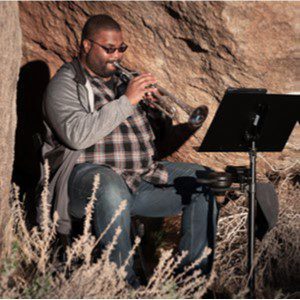
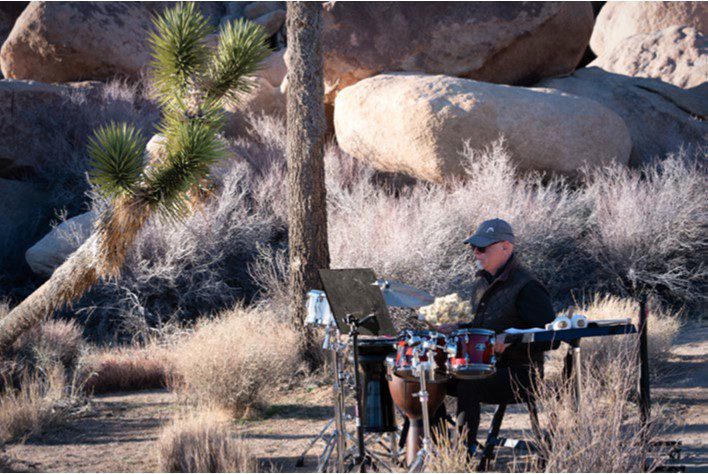
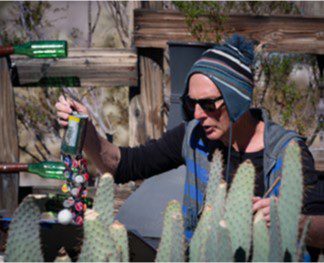
“But if you look at the contour of this melody, it’s in line with the contour of the shapes of the mountains and the rock formations in and around Cap Rock. And so, there are 31 tones, all grouped as 5, 7, 5, 7 and 7. It’s written as a canon, or round, to create this harmonic realness that this piece moves through. There’s all kinds of magic that’s going on in this particular piece. But what’s also really cool is that there’s some parts of this that are forward. The melody is played forward and then backwards in A, in a retrograde. As a listener goes around the left side of the canyon first, they get one iteration of the melody. When they go around the other side, they get a different iteration. If they go around both sides, they get the same thing.”
Testify, Movement Four:
“So, yeah, I’ll testify. I would say this is specifically one of those that is influenced by the church. What have you bared witness to? Why do you keep getting up? Why do you keep going? What’s that motivation? What would happen in my church, is we would have this thing\called a Speak Meeting. In Speak Meeting, we gather and share our stories and bear witness to each other’s experiences. I bear witness to your testimony. And that shit is real! All of a sudden, the community is a little bit stronger. What you think you might be experiencing on your own, you realize somebody else is having the same issue, and this is how they got through it.
This gives us that ability to adapt, improvise, and overcome whatever it is that we might be trying to overcome.”
Listen, the Final Movement:
“You know, these days when I write music, I try to write about real stuff that’s going down and real experiences, as opposed to just how I’m feeling. There’s a great segue into Listen.
It doesn’t matter what we’re doing. If we’re not listening to ourselves, if we’re not listening to the Earth, if we’re not listening just in general, then none of the rest of this matters.
This is that moment of reflection, where you’re just silent, you’re quiet, and you receive what is perceived to be nothing but the simple sounds around you.”
In the words of David Smith, Superintendent of Joshua Tree National Park, “Kennedy is an inspired musician. It’s a skill that I cannot even begin to grasp. He comes to a place like this and he looks at a Mojave Yucca, he looks at the Joshua Tree, and instead of seeing the botanical name, instead of seeing the adaptations to the Mojave desert, he sees how the wind caresses the branches, he sees and hears how the nature of the rock makes a sound, he can hear the sound of the seeds as they drop to the ground, and he can incorporate that into the music that he’s creating. That is for me, a really, really exciting aspect of this project.”
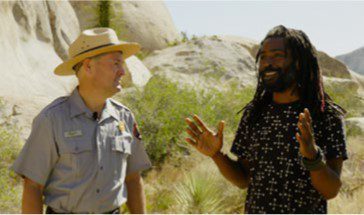
SoundCheckEarth is an unprecedented sonic event within the Park that will take place on April 22 & 23, at Cap Rock in Joshua Tree National Park along a half mile walking path. Participants will encounter a bassoon player sheltered by a Joshua Tree, percussionists perched on boulders, strings, woodwinds, and brass resonating with the rocks – SoundCheckEarth will create an unforgettable experience for those lucky enough to attend. A film by Eva Soltes will follow.
For more information about SoundCheckEarth, got to: https://louharrisonhouse.org/soundcheckearth/about-2/
If you are interested in supporting this event, please visit https://louharrisonhouse.org/soundcheckearth/support/
If you would like to purchase SoundCheckEarth merchandise, please visit https://louharrisonhouse.org/product-category/merchandise/
Dates and times are as follows:
Friday, April 22 – 6:06am, 10:00am & 11:30am
Saturday, April 23 – 2:30pm, 4:00pm & 6:06pm
